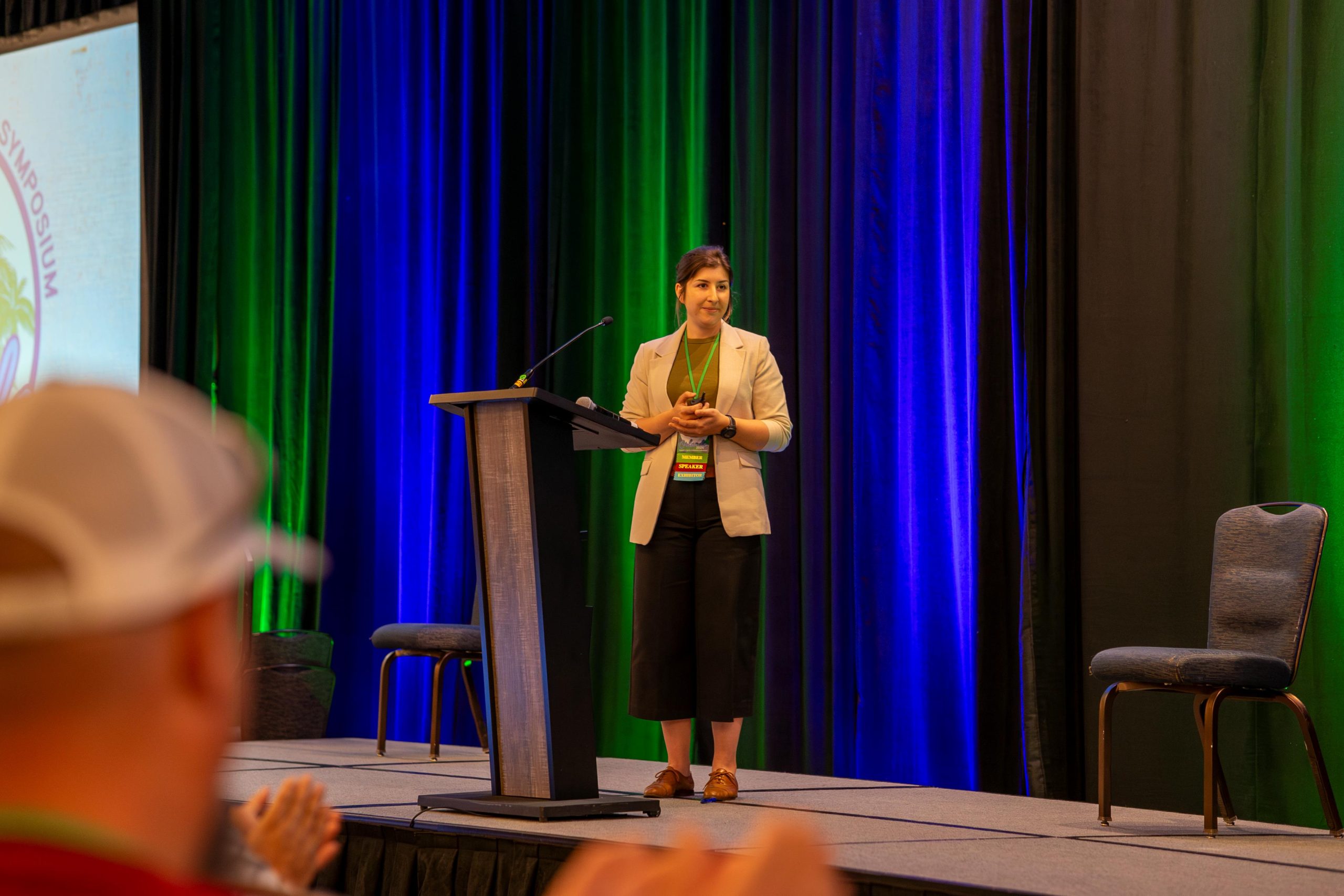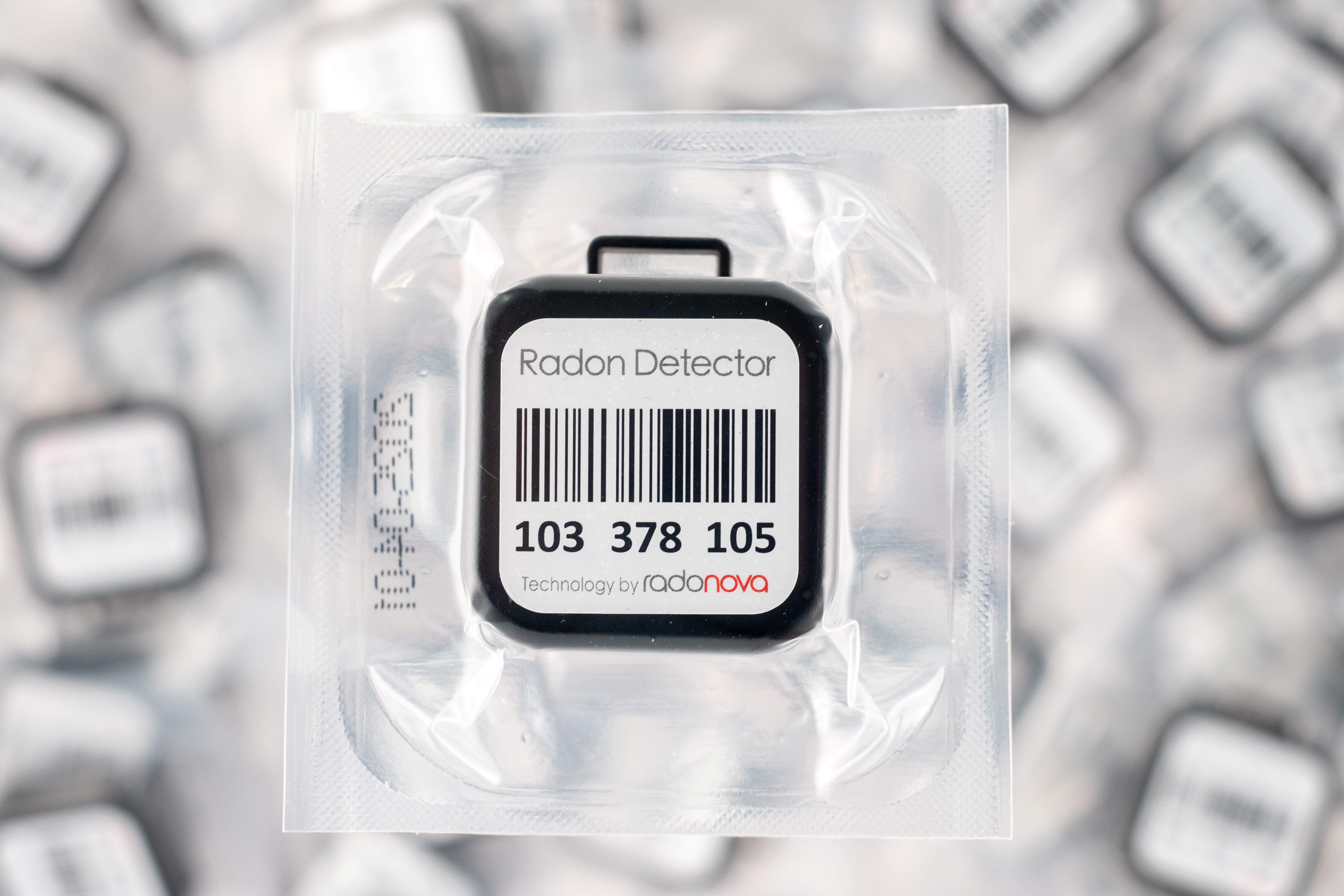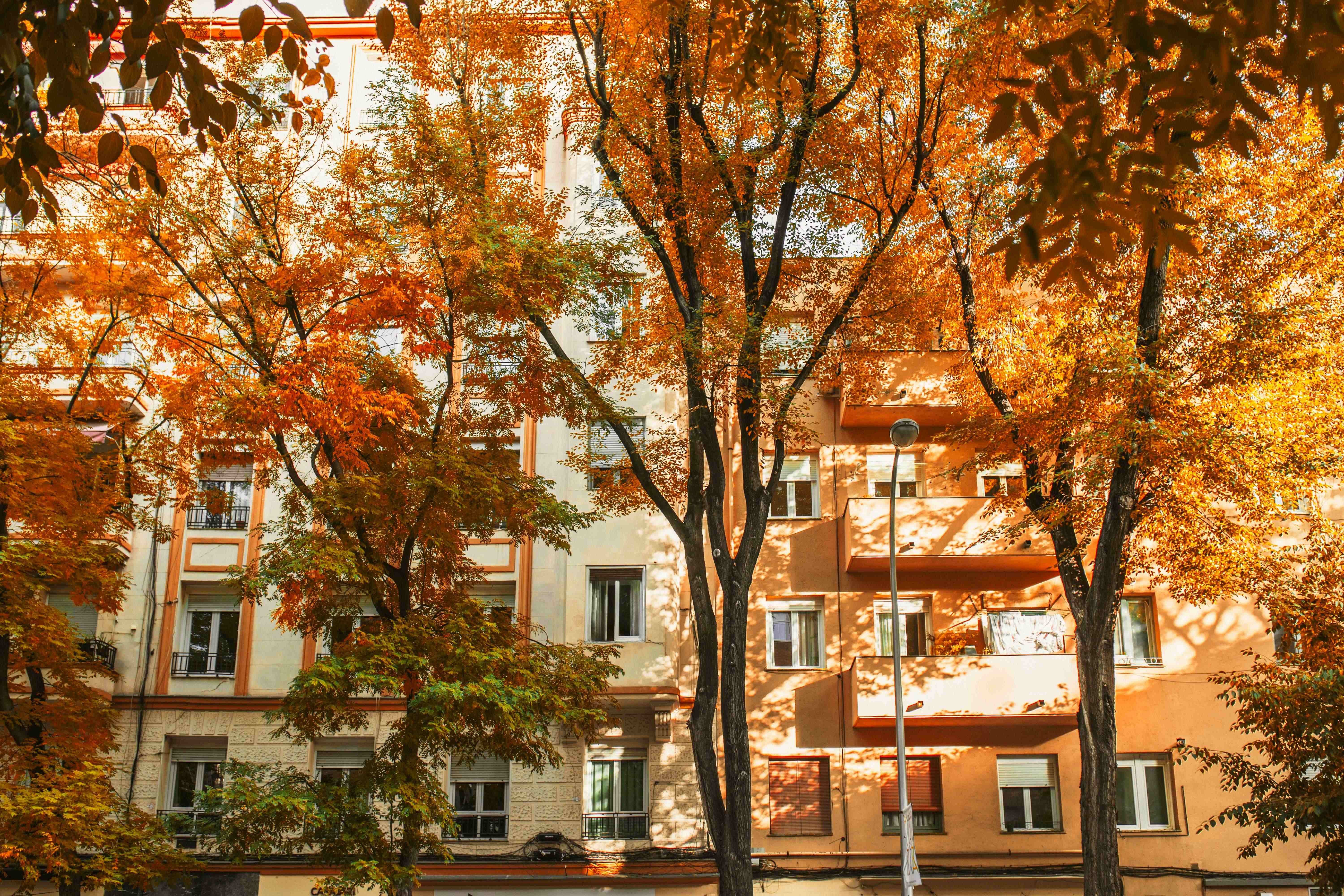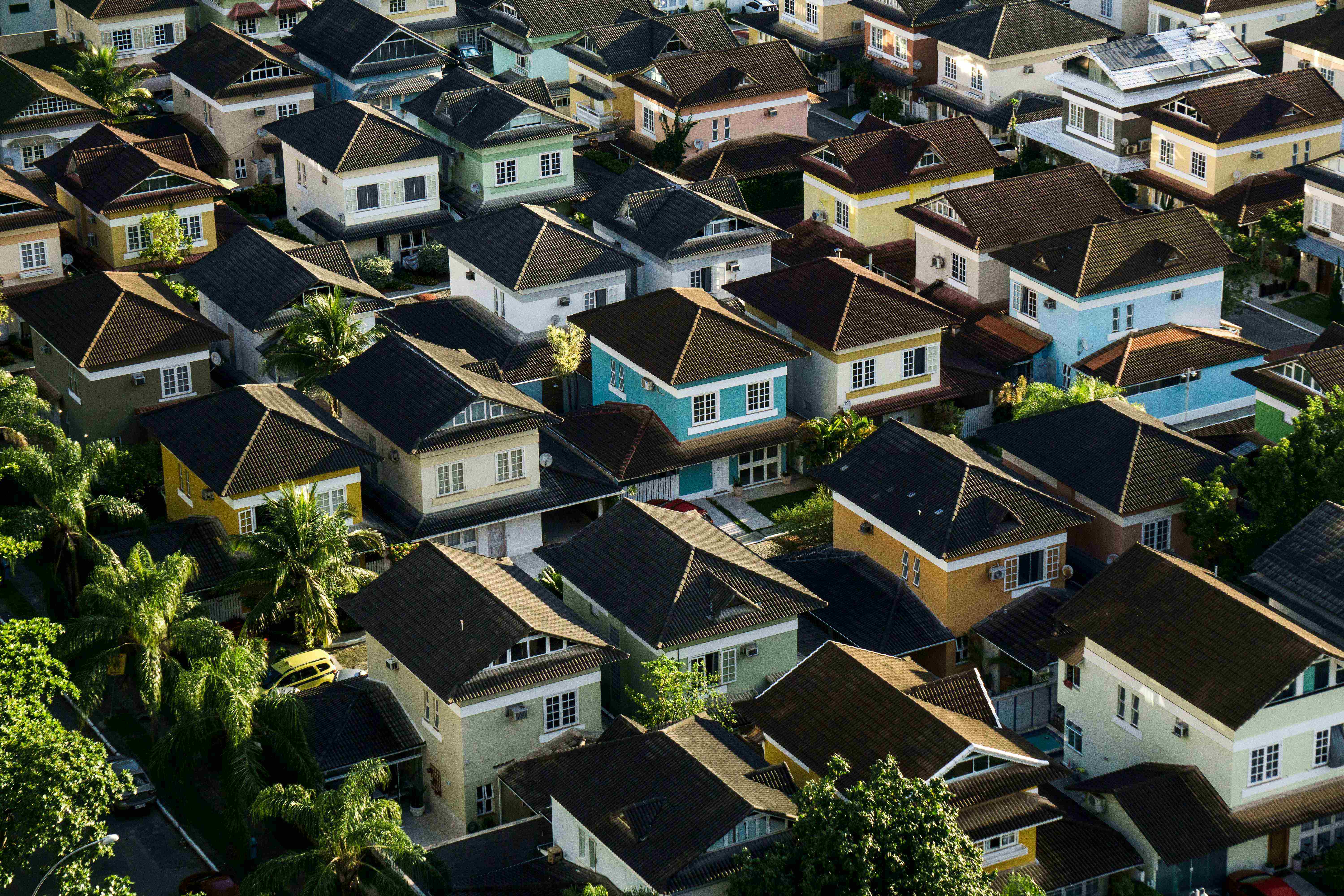In September, Radonova participated in the IEA (Indoor Environments Association, formerly AARST) symposium in Orlando. The event is the industry’s leading forum for exchanging knowledge about indoor environments and the health risks posed by radon and vapor intrusion. The symposium presented new research and technologies to address these problems and improve air quality in buildings.
One of Radonova’s contributors to the symposium was Vanda Jakabová, a radon researcher and specialist in radon measurement. Vanda’s presentation focused on the use of a new combined protocol for assessing radon exposure in workplaces, especially in buildings with time-controlled ventilation commonly found in the Nordic countries and Canada. Jakabová’s research highlighted the importance of using both passive detectors for long-term measurement and digital radon instruments for continuous measurement to get a more accurate picture of radon levels during working hours.
New opportunities for workplaces
The combined protocol approach offers a significant improvement in terms of flexibility and accuracy of radon measurement. The data only shows minor impacts from different seasons, which in turn removes the need to select a specific measurement period. It also makes it easier for workplaces to carry out radon measurements in a more practical way. This is particularly important for workplaces with time-controlled ventilation, when radon levels can vary greatly.
Improved safety
Jakabová’s research and other advances presented at the symposium are helping to improve the working environment by giving employers better tools to protect their workers from radon-related health risks. The research shows the importance of updating and developing radon measurement methods as technology and regulations change.
In addition to Vanda Jakabová, Radonova’s Tryggve Rönnqvist presented new research that has enabled the development of a new method to detect radon adsorption on radon chamber walls. As the global leader in radon measurement, Radonova scientists continue to engage in industry-changing research that is shared at this annual symposium with other world-renowned radon researchers.







